High School Blog
The Vernier Go Direct EKG Sensor: The Heart in Action
By Martin Horejsi
Posted on 2020-03-09
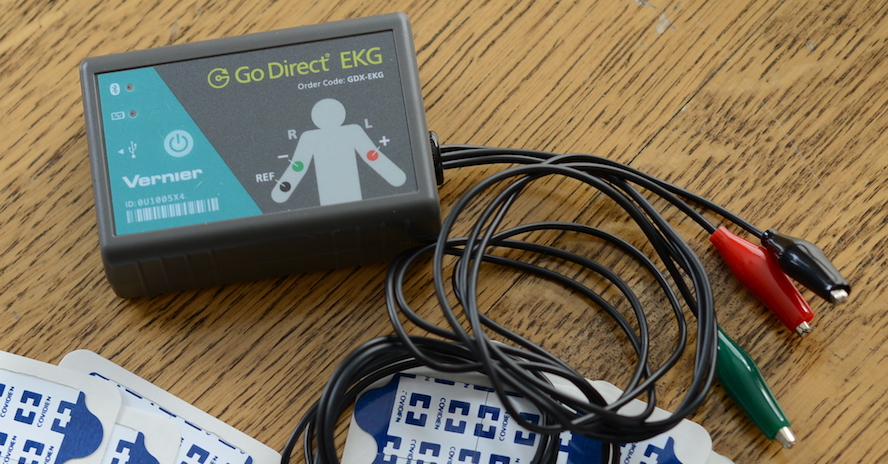
The human heart has hidden treasures, In secret kept, in silence sealed; The thoughts, the hopes, the dreams, the pleasures, Whose charms were broken if revealed.
Or so wrote Charlotte Brontë in the poem Evening Solace. The warning of charms being broken if revealed, I’m guessing, is about the emotional content of the metaphorical heart, not its electrical activity measured in millivolts over time. So with that out of the way, lets jump in.
The EKG or electrocardiogram measures electrical activity during a heartbeat. Basically the EKG (or ECG) provides a visual display of the heart’s activity somewhat the same way an electrician uses a multimeter to diagnose a circuit. Overall, the EKG is part of the field of electrocardiography which also includes the EKG sensor, the electrocardiogram, and of course the study of the EKG data.
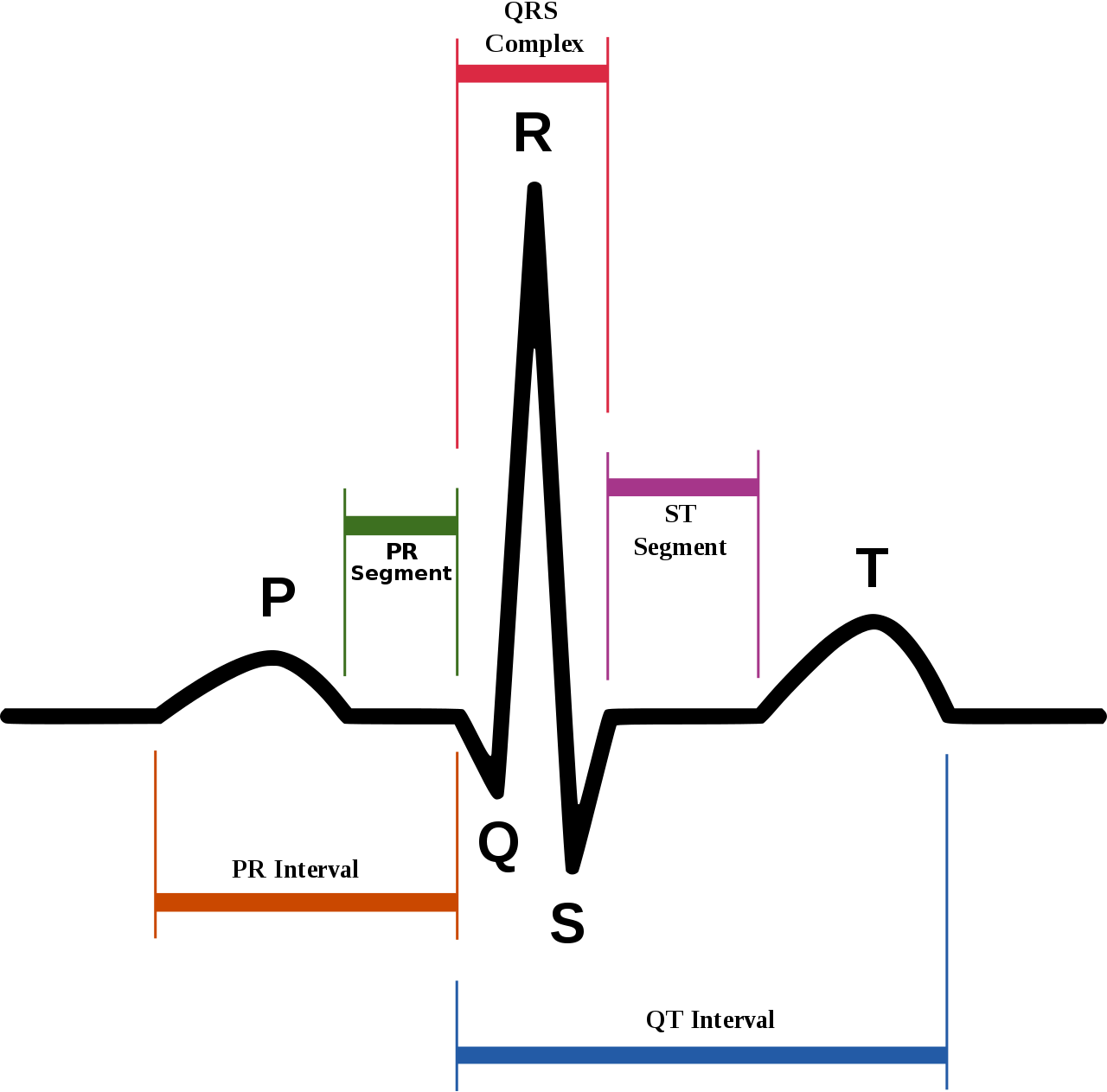
Vernier Software and Technology makes two education-class EKG sensors. While the operation and form factor of both is the same, one is hardwired only while the other transmits over Bluetooth or hardwire. The added feature of running wireless is presumably why the Vernier Go Direct EKG sensor costs one dollar more compared to the standard EKG sensor.
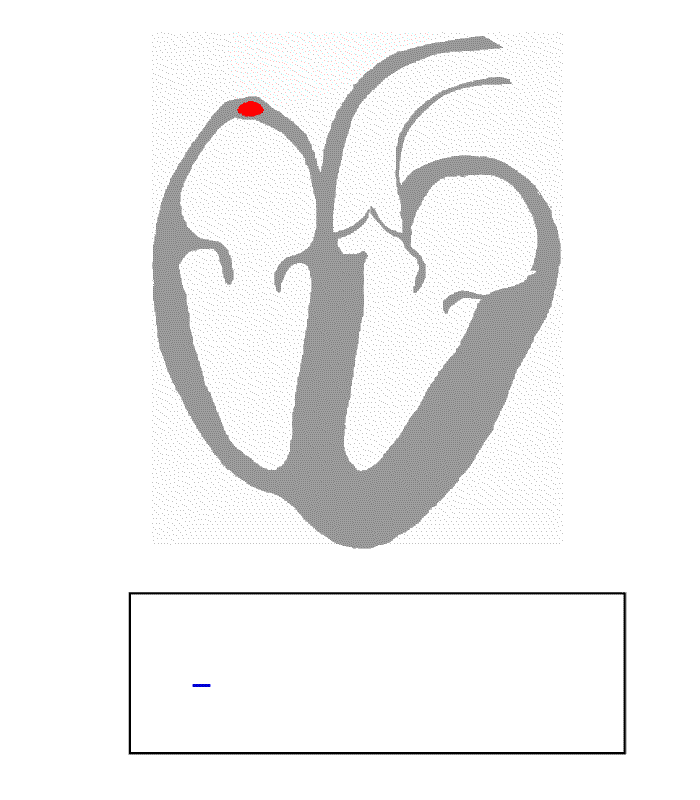
Electrodes connecting the Vernier Go Direct EKG sensor to the student measure electrical voltage over time as the heart muscle beats or goes through depolarization and depolarization which are fancy words for when heart muscle cells shifts their electrical charge distribution. The resulting electrocardiograph is a picture of the heart’s electrical activity.
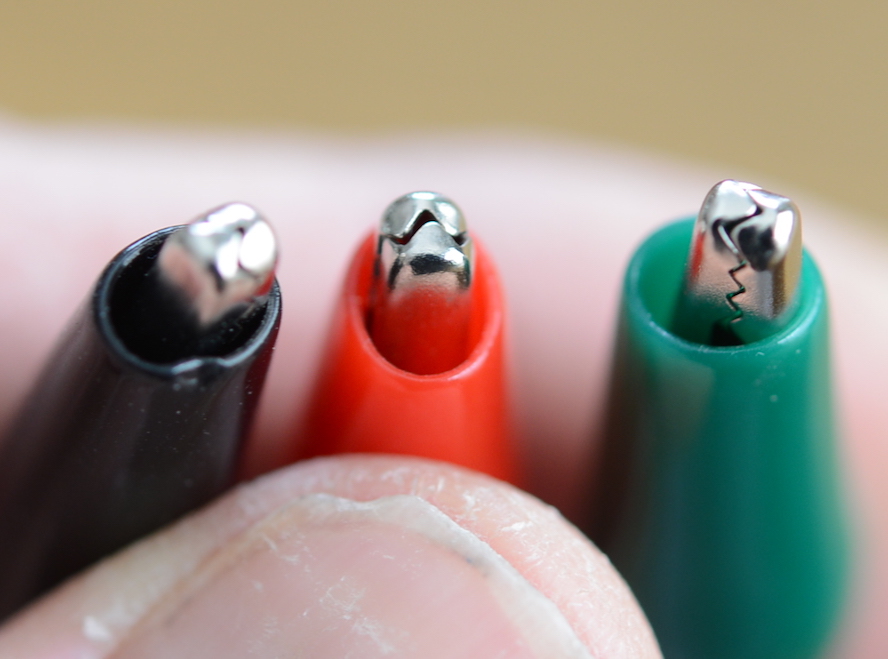
Three electrodes are needed to give the Vernier Go Direct EKG sensor enough information to make a picture of the heartbeat. The simplicity of the Vernier EKG Sensor allows for quick and minimally invasive connection between sensor and student. The sticky electrodes are attached one each to the upper arms, and one on the left wrist. That’s it! Obviously a formal medical EKG uses many more electrodes, often up to a dozen, but for educational purposes, the Vernier EKG Sensor does an amazing job.
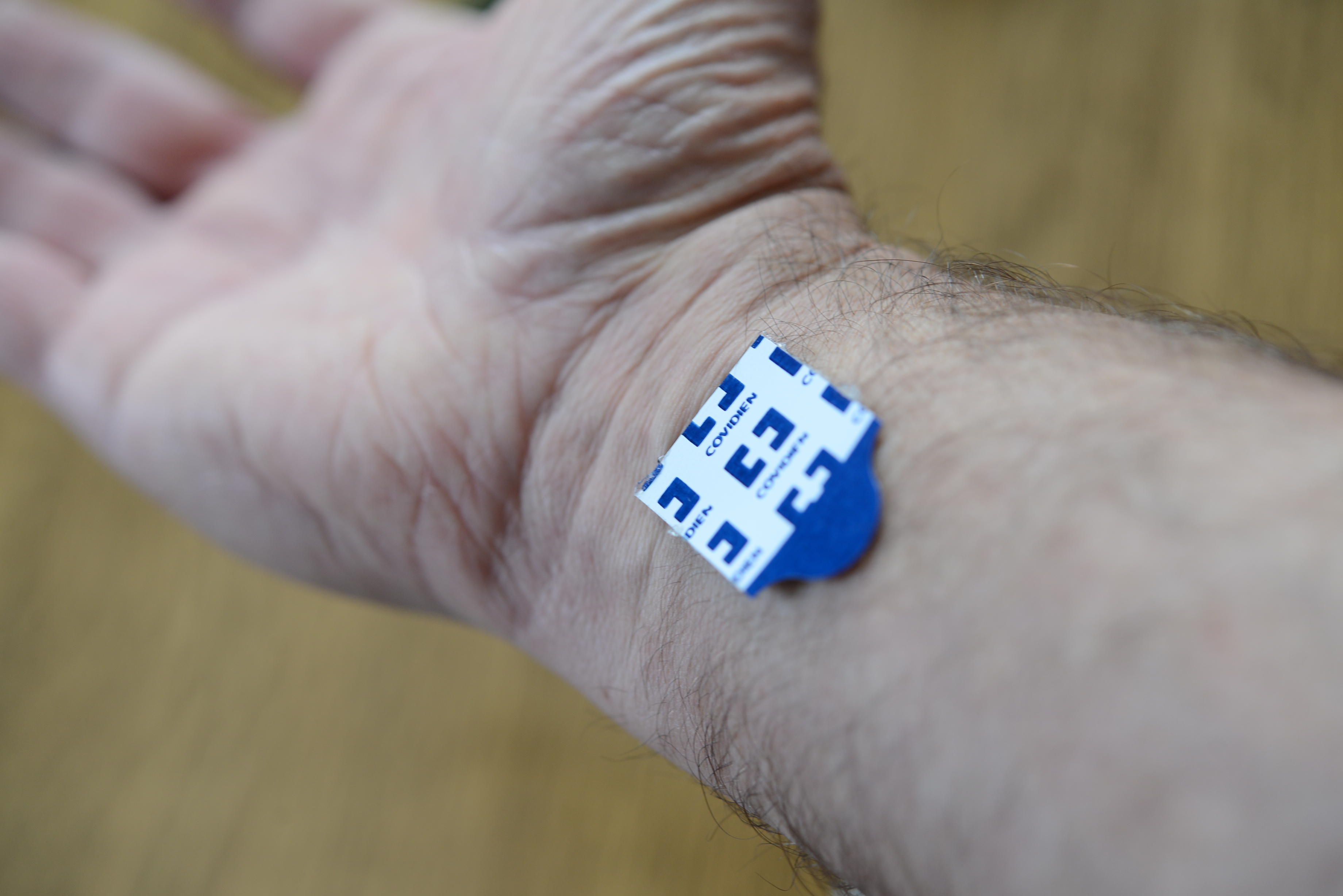
There are news reports of people learning the have serious heart problems because their Apple Watch said so. But the software of the watch (or perhaps a connected computer somewhere else) detected the arrhythmia and sent a warning that was displayed on the Apple Watch. It’s amazing to think just how advanced our technology has come since the early days of EKGs. But it’s not perfect as cardiologists would like to remind us. Either way, its a fascinating story how the Apple Watch ECG function actually works.

https://www.ncbi.nlm.nih.gov/pmc/articles/PMC3714093/
A wonderfully detailed history of events in the development of the EKG can be found at The ECG Library. Beginning in the year 1600, the list connects the EKG dots over the last 400 years. One of the years in particular caught my eye. According to the website, in 1949:
“Montana physician Norman Jeff Holter develops a 75 pound backpack that can record the ECG of the wearer and transmit the signal. His system, the Holter Monitor, is later greatly reduced in size, combined with tape / digital recording and used to record ambulatory ECGs. Holter NJ, Generelli JA. Remote recording of physiologic data by radio. Rocky Mountain Med J. 1949;747-751.“
Vernier Go Direct EKG sensor
At the lower end of the Vernier Go Direct EKG sensor’s skillset is its ability to measure and display the heart rate in beats per minute. This feature alone is useful in sports science and physiology classes, as well as athletic training. Because of the Vernier Go Direct EKG sensor’s wireless Bluetooth connection to a phone, tablet or computer, it’s possible to use the EKG sensor in many more environments than traditional EKG machines. With a little care, the Vernier Go Direct EKG sensor can be worn during activity as long is it remains within Bluetooth range of the device running Vernier’s software.
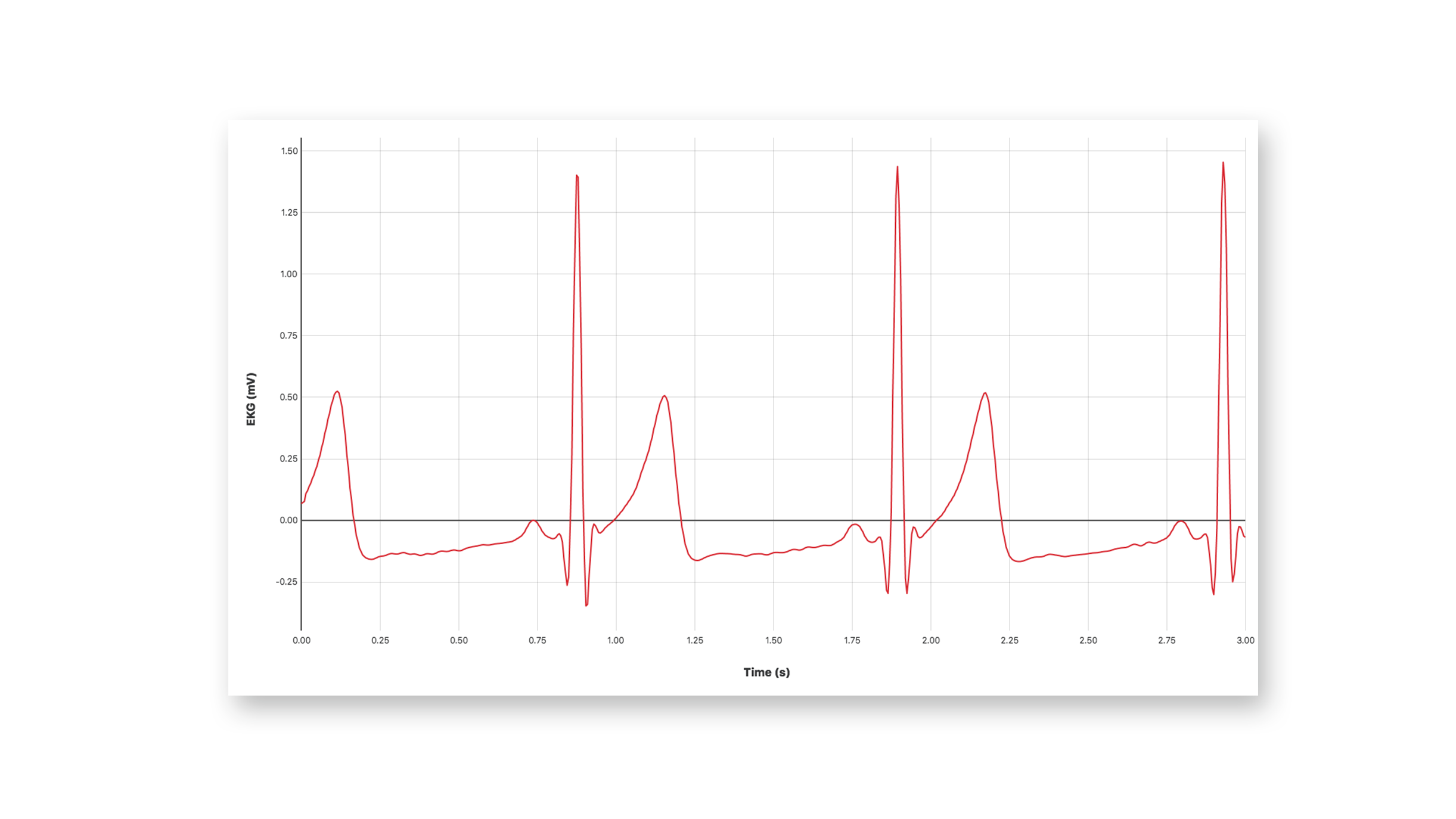
But the capabilities of the Vernier Go Direct EKG sensor goes well beyond simply counting heat beats, but advanced work is possible as well including electromyography. Vernier provides some sample lessons for the Vernier Go Direct EKG sensor including an introduction to electromyography.
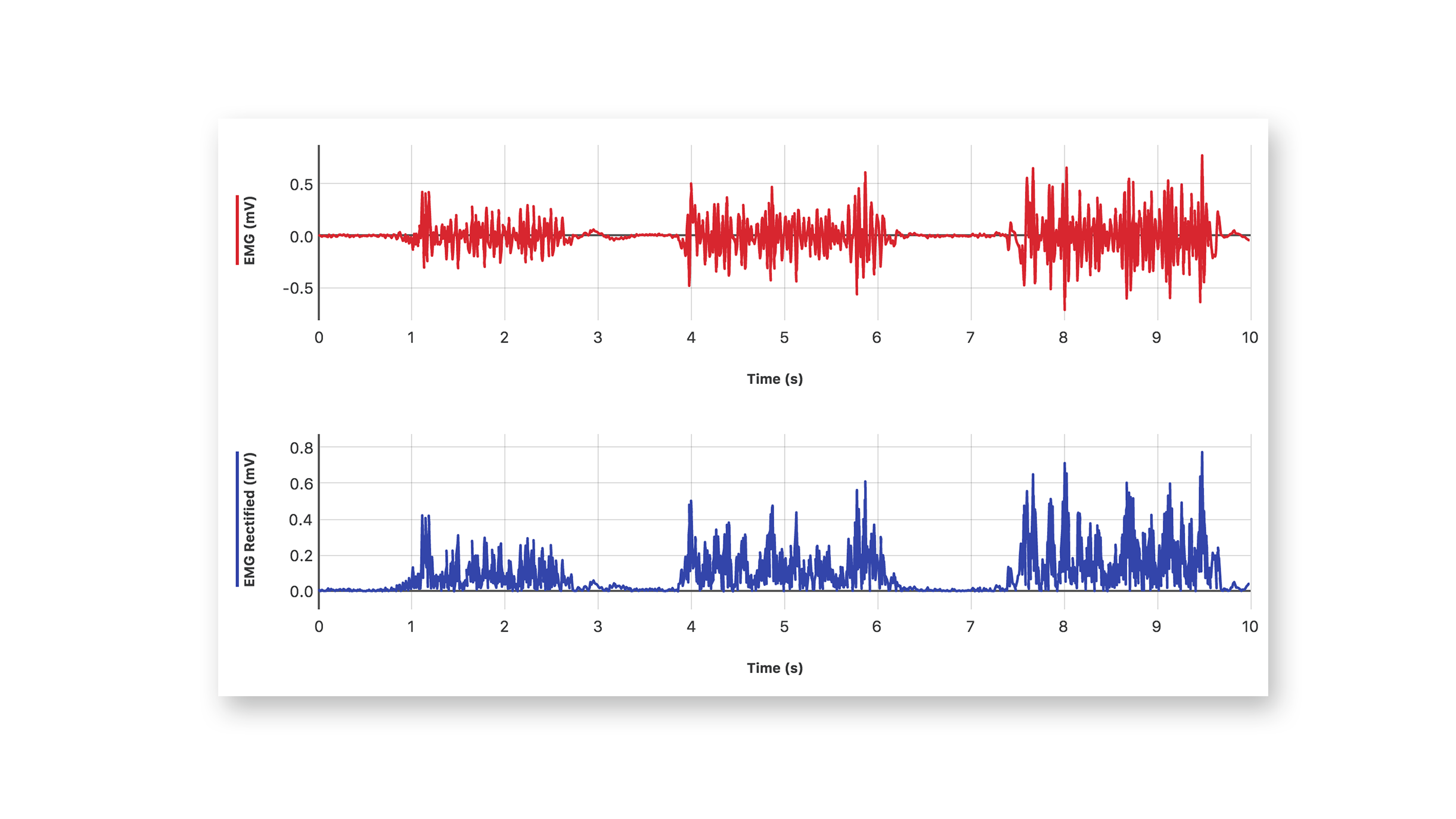
Basic electrocardiography is also well within the wheelhouse of the Vernier Go Direct EKG sensor. Vernier’s suggested list of Vernier Go Direct EKG sensor capabilities and labs includes:
- Comparing and measuring students’ electrocardiogram (EKG/ECG) waveforms.
- Determining heart rate by examining the number of QRS waveforms in a series of electrocardiograms (EKG/ECGs).
- Study the contractions of muscles (EMG) in the arm, leg, or jaw.
- Correlate measurements of grip strength and electrical activity with muscle fatigue.
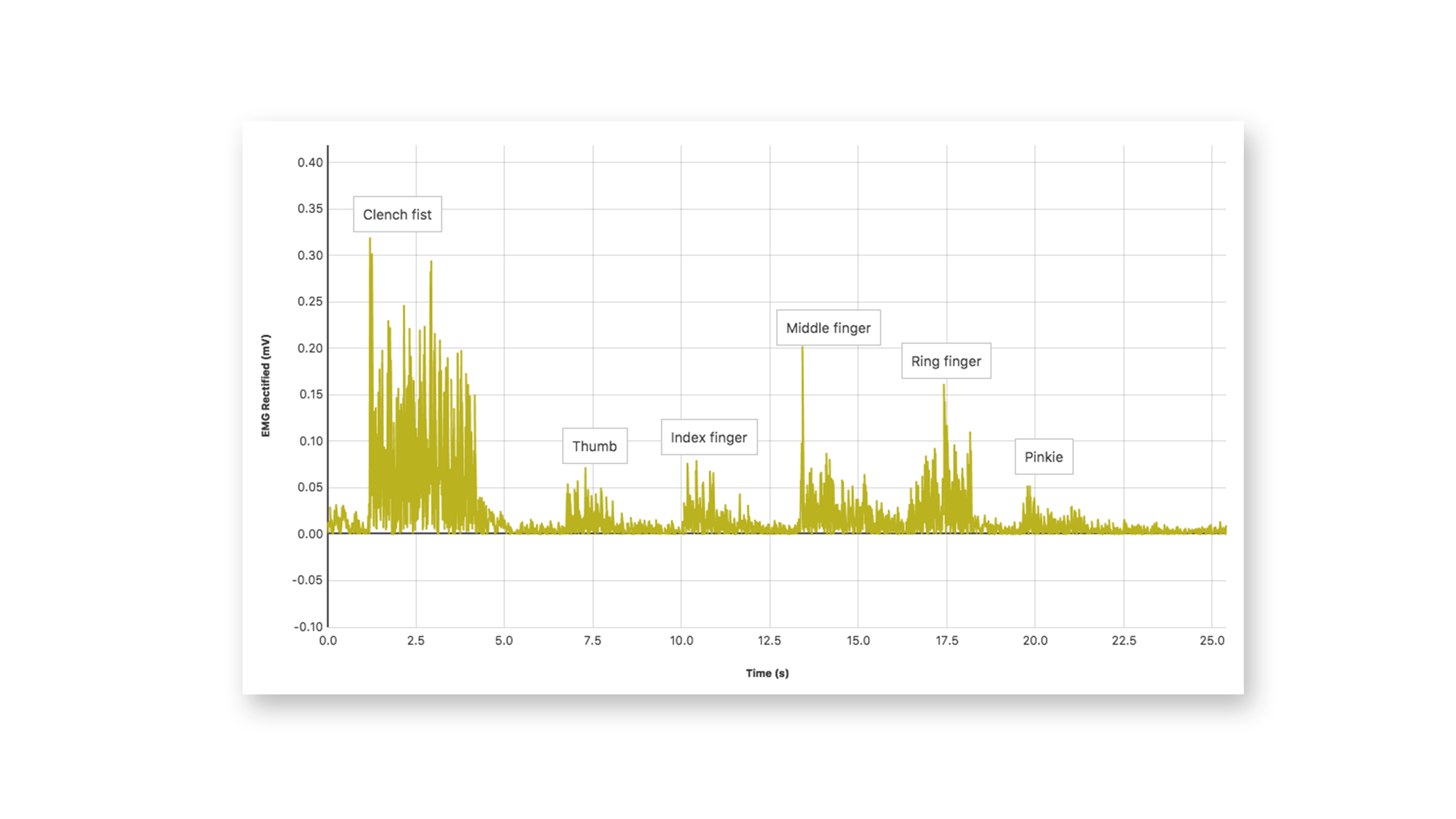

The front side of the Vernier Go Direct EKG sensor has a graphic showing the placement and color of the locations for the three leads. After several students missed the meaning of the graphic, I wrote the colors and lead placement on the back of the unit. Problem solved.
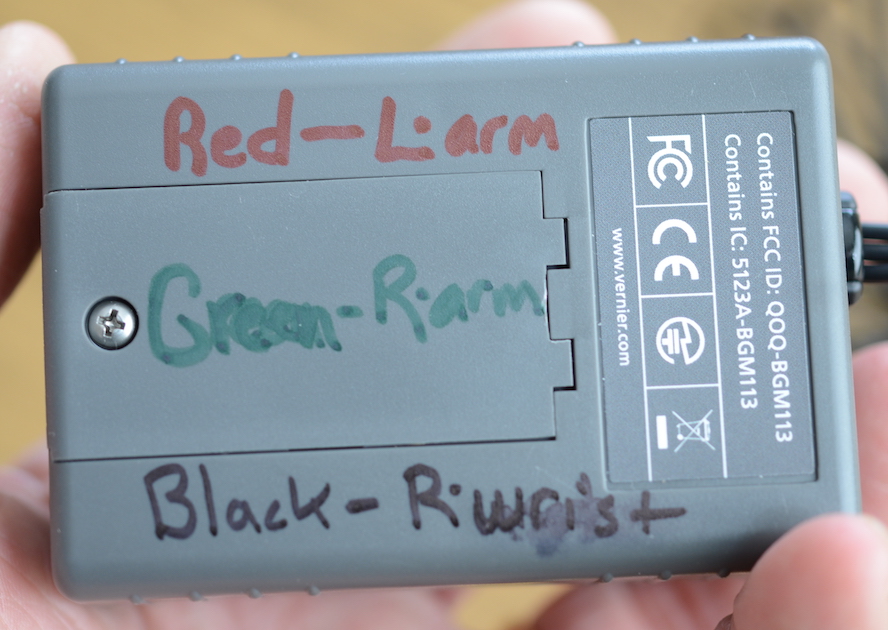
The Vernier Go Direct EKG sensor is pretty amazing given how fast this simple device can capture such as complex and magical action of the beating heart. So unable to avoid it any longer, I just have to say that using the Vernier Go Direct EKG sensor really shows science is alive and well. And no charms were broken in the making of this blog post.
Disclaimer: The views expressed in this blog post are those of the author(s) and do not necessarily reflect the official position of the National Science Teaching Association (NSTA).
Biology Technology High School Postsecondary


